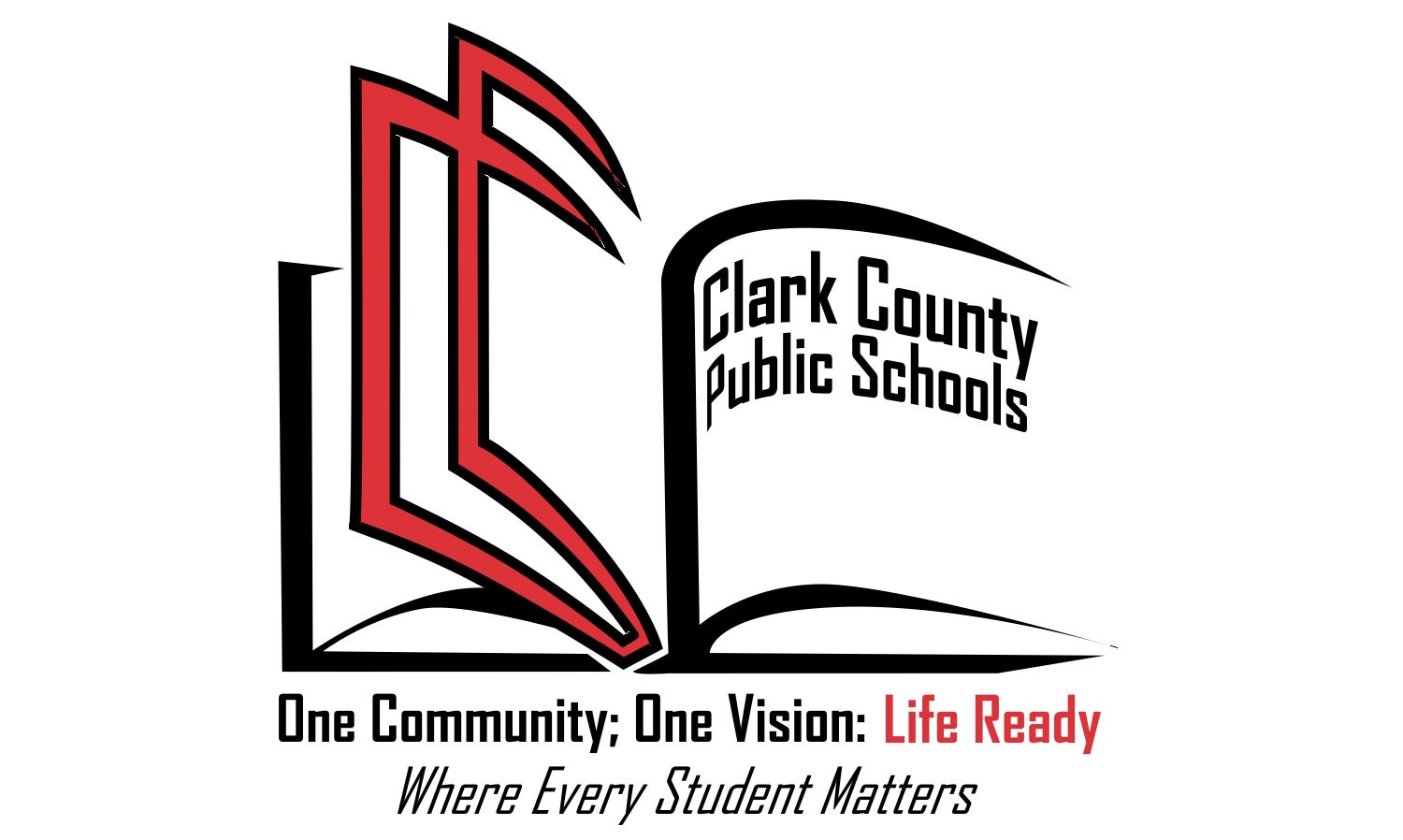$366K surplus anticipated in 2017-18 schools budget
Published 11:36 am Thursday, May 25, 2017
The Clark County Board of Education viewed the tentative budget for Clark County Public Schools’ next fiscal year Tuesday night, which showed a drop in both revenues and expenses from previous years’ budgets while still netting an end-of-year surplus and maintaining a healthy reserve.
According to a report presented to board members by Bob Wagoner with OVEC Financial Services, expected revenues in the tentative budget are listed at more than $46.8 million, down from the $49.8 million in actual revenues collected during the 2015-2016 fiscal year and down more than $5 million from the $52.2 million projected earlier in the year.
Wagoner said the decrease was attributed to a potential loss in state SEEK funding, which is based on the district’s enrollment and attendance data and makes up a large portion of the district’s funding.
“The good news is, at this juncture, we don’t see any dip in enrollment, we just saw a dip in average daily attendance,” Wagoner said. “And it could have just been a bad period.”
Attendance data can fluctuate, he said, meaning there is still a possibility for attendance to pick up before the end of the school year this week and improve the estimated amount of SEEK money the district receives.
The final numbers on attendance for the year will not be known until the end of the school year, when district superintendents piece together a year-end attendance report that is used by the state in its calculations.
Another factor in decreased revenues and expenses was the removal of $1.8 million worth of special projects funded in 2016-2017. The projects were one-time expenditures, meaning they will not recur in subsequent years.
“In terms of what this budget does at this point, I think you should feel pretty good about it,” Wagoner said.
Personnel expenses for the district have increased slightly in the new budget, as a result of changes the board made to the salary schedules for district employees.
The decision, made earlier in the year, puts in place incremental raises based on the number of years employees work in the district. Board members opted to implement the step increases in order to make the district more competitive by creating predictable pay increases, instead of waiting for annual budget sessions to discuss blanket increases district wide.
However, the estimated revenues in the tentative budget are greater than the estimated expenses, netting the district an estimated surplus of $366,419, not including the starting balance of $6.6 million.
Wagoner said the surplus was based on the board taking the same tax rate of 62.2 center on every $100 worth assessed volume.
The district will also maintain a $7 million reserve fund.
The board approved the tentative budget by a 3-1 vote, with member Scott Hisle opposed and member Ashley Ritchie absent.
Hisle said he was not yet ready to vote for the budget because of a lack of detail in the report.
“I still would like to get details on what makes up the expense portion of the budget. Staff is out right now, but before I can really feel good about endorsing this budget I want to see the details,” he said.
Board members also disagreed on whether or not to give pay increases to classified staff and increase the starting pay for bus drivers.
Member Gordon Parido made a motion to increase pay for certified employees by 1 percent across the board, in addition to bringing the starting pay for bus drivers to $14 an hour to help with the district’s issues with recruiting and retaining drivers.
Superintendent Paul Christy said to bring all bus drivers to $14 an hour would cost the district an additional $236,000 for the year, reducing the estimated surplus for the district from $366,419 to $130,419.
Parido said the goal of the increase was to retain teachers in the district, some of whom have already accepted positions elsewhere.
“School ends Friday, and teachers are going to put together their resumes Monday,” Parido said.
He added that hiring bus drivers is an issue of “supply and demand” that must be filled.
The other board members present said they are supportive of a pay increase, but they would like to see more concrete budget numbers — specifically SEEK funding — before voting on the issue. Parido’s motion died for lack of a second.






